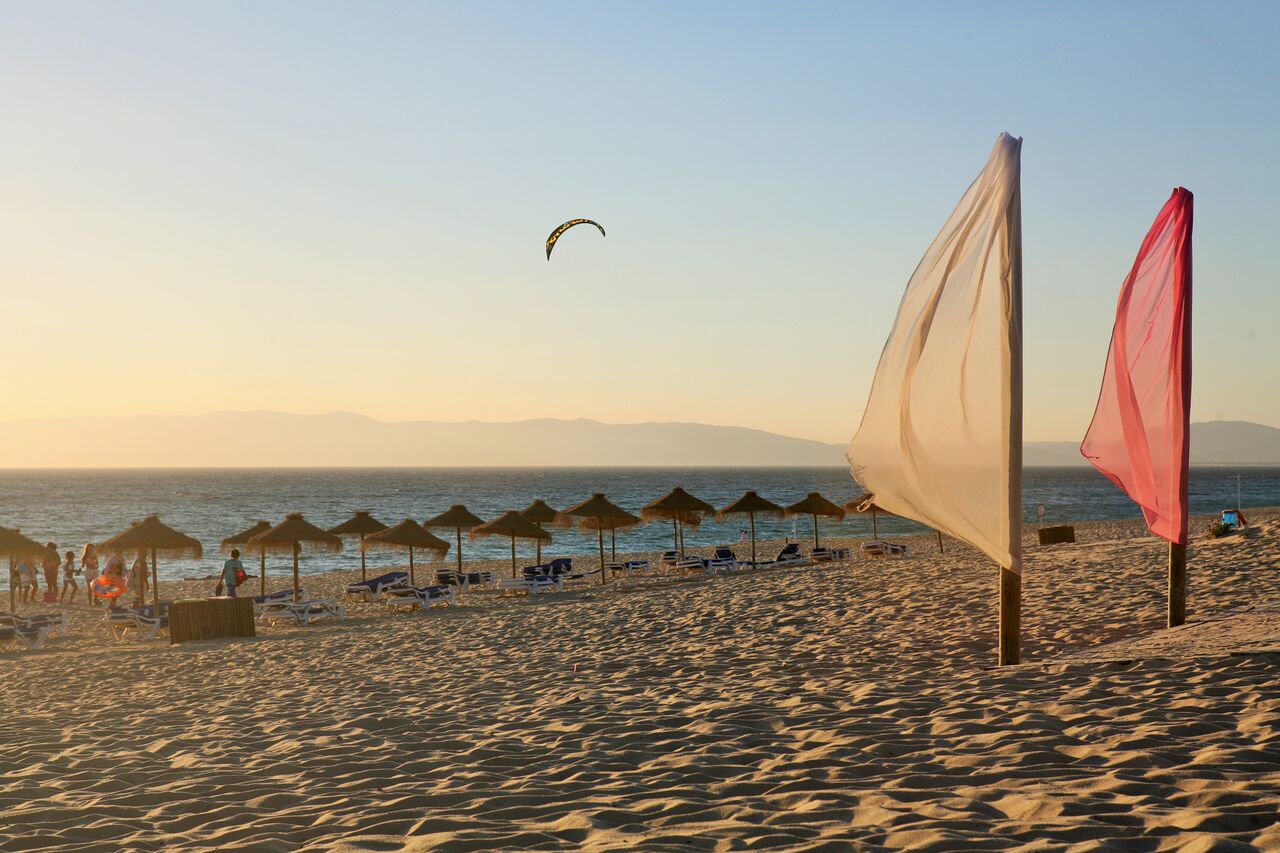With Portugal in evidence, nothing is fairer than knowing every corner of this country that attracts the attention of thousands of Brazilian tourists. And how about starting with the most authentic region? Located in the center-south, the Alentejo surprises with its wide tourist offer, with options for all traveler profiles. Whether in winter or summer, Portugal’s largest region is the perfect place to get away from the hustle and bustle of the crowds, enjoying life at your own pace.
Ideally, you should book at least a five-day stay at the destination. And, to elaborate a complete itinerary, check out some tips and take advantage of everything the Alentejo has to offer.
Search the region’s fascinating history
Get information on local history before you even board. So, it will be much easier to decide which attractions to visit during your vacation and to establish the itinerary. The destination has numerous monuments that have witnessed important moments in the country, as well as whole villages declared World Heritage by UNESCO, like Elvas, in the north of the region. If you prefer, hire a local guide who can provide details and curiosities, adding knowledge and originality to your tours.
Include activities for all participants
The Alentejo has varied activities and, in a group trip, it is important to take the opinion of everyone involved into consideration. To entertain the whole family, for example, a good option is to spend a day of fun activities on Lake Alqueva and take boat trips or water sports, or visit the zoo Badoca Safari Park, with many species to meet and interact.
Stay in more than one hotel
With a wide diversity of hotels, inns and estates, the Alentejo has numerous properties that offer a complete lodging experience. So try splitting your stay in at least two steps. You can sleep in old Portuguese royal chambers, such as at the Rainha Santa Isabel Pousada in Estremoz. Or try the best of rural tourism in hotels like the elegant Torre de Palma Wine Hotel in Monforte or the Herdade da Malhadinha Nova in Albernoa.
Include local experiences on your itinerary
Crafts are a perfect souvenir to take home, and each village or town has a more characteristic craft, such as rugs and blankets made from sheep wool, cork and leather goods, traditional garments and pottery. To go deep into the Alentejo culture, include in the script experiences like cooking a typical dish, attending a pottery workshop or even learning the embroidery used on the famous carpet of Arraiolos.
Do the driving script
This is the best way to travel through the Alentejo and get to know its most beautiful scenery. Even with good public transportation options, the car ride allows greater freedom, contact with nature and the discovery of several Portuguese treasures during the journey. In addition, the destination does not have big metropolis, that is, the traffic is quiet for the small towns and villages scattered throughout its territory. It is possible to rent a car directly at Lisbon airport, and most of the rental companies offer the “Via Verde”, a simplified toll payment system.
Experience the unique gastronomy
An attractive addition, the authentic Alentejo gastronomy offers tasty dishes based on lamb, Alentejo pork and hare, as well as fish and seafood, always accompanied by the traditional bread of the region. Make mouth water? So try searching for restaurants that bring out the best of this unparalleled typical cuisine.
Dive on one of the untouched beaches
Book at least one day of the trip to know the Alentejo coast and its golden and almost deserted beaches. The destination has some of the best beaches on the European continent, many of them perfect for water sports, others ideal for a family day and a good sunbathing. Among the most popular are Comporta, Troia Galé and São Torpes.
Wines and more wines
The Mecca of lovers of wine, the region has wine tourism options scattered throughout its territory and it is mandatory to include at least one visit to the wineries. It is possible to know the process of producing the winning wines, to learn more about them and to taste them, both in wineries and in producing estates. Harvesting takes place in the months of August and September. If you are there, you can participate in the harvest and even the treading of the grapes.
Photo: Victor Carvalho

